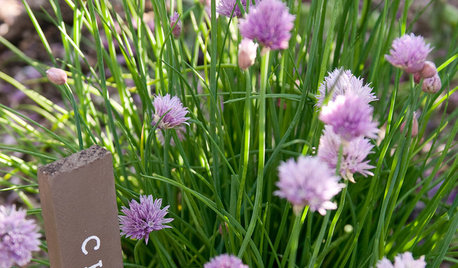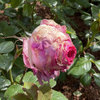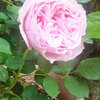Rain day after spraying Fungicde?
jockewing
10 years ago
Related Stories

GREEN BUILDINGJust Add Water: Rain Barrel Magic
Take your rainwater storage from practical to beautiful with a new breed of design-friendly rain barrels
Full Story
HOUZZ TVHouzz TV: How to Install a Rain Barrel
This DIY tutorial shows how easy it can be to capture rainwater from your roof to use in your garden later
Full Story
BATHROOM DESIGN7-Day Plan: Get a Spotless, Beautifully Organized Bathroom
We’ve broken down cleaning and decluttering the bath into daily, manageable tasks
Full Story
HOUSEPLANTSIndoor Winter Gardens for Cheerier Days
Bring plants inside for drab-days mood boosting — not to mention cleaner indoor air and protection for your greenery
Full Story
FEEL-GOOD HOMEThe Pros and Cons of Making Your Bed Every Day
Houzz readers around the world share their preferences, while sleep and housekeeping experts weigh in with advice
Full Story
HOUSEKEEPING7-Day Plan: Get a Spotless, Beautifully Organized Garage
Stop fearing that dirty dumping ground and start using it as the streamlined garage you’ve been wanting
Full Story
PETSRoom of the Day: Laundry Room Goes to the Dogs
Muddy paws are no problem in this new multipurpose room
Full Story
ROOM OF THE DAYRoom of the Day: A Maine Guest Cottage Steeped in Charm
Once offering eggs for sale, this little guesthouse now offers a serene experience in a refined rustic setting
Full Story
ROOM OF THE DAYRoom of the Day: Ditching the Tub for a Spacious Shower
A Georgia designer transforms her master bathroom to create a more efficient and stylish space for 2
Full Story
GARDENING GUIDESSimple Pleasures: Savor the First Spring Day in the Garden
How will you answer the call of the garden once the birds are chirping, the bulbs are blooming and the air is inviting?
Full Story








dublinbay z6 (KS)
nickl
Related Professionals
Citrus Heights Landscape Architects & Landscape Designers · Jennings Landscape Architects & Landscape Designers · Otsego Landscape Architects & Landscape Designers · Prairie Ridge Landscape Architects & Landscape Designers · Arlington Landscape Contractors · Goodyear Landscape Contractors · Tempe Landscape Contractors · Cerritos Landscape Contractors · Hayward Landscape Contractors · Hollywood Landscape Contractors · Norristown Landscape Contractors · North Highlands Landscape Contractors · North Plainfield Landscape Contractors · The Woodlands Landscape Contractors · Wells Landscape Contractorsmichaelg
jockewingOriginal Author
ratdogheads z5b NH
nickl
diane_nj 6b/7a
michaelg
rosetom
ratdogheads z5b NH
michaelg
diane_nj 6b/7a
michaelg
rosetom
nickl
michaelg